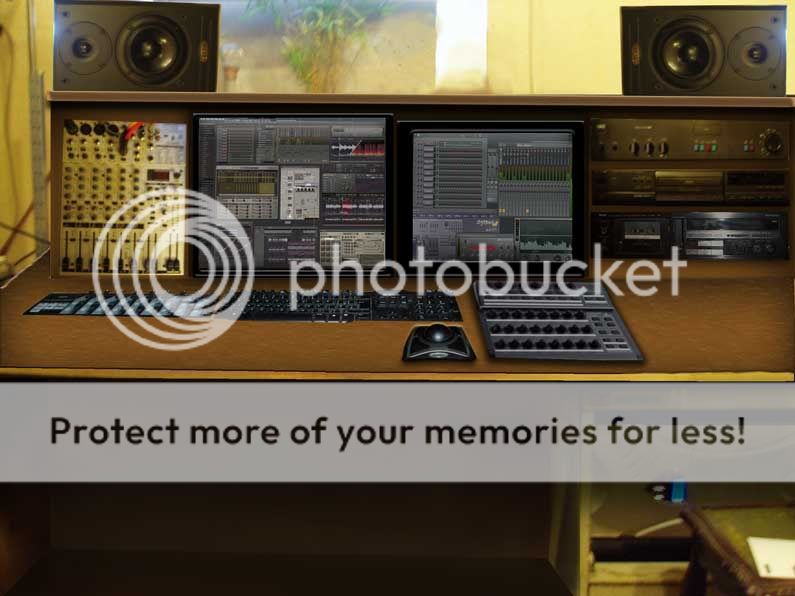Dr. Varney
Pimp
On going...

Better to work it out in Photoshop than make a gaff with the wood.
Is that a good position for the speaker monitors or not? I've seen a lot of people have them in this position in home studios but I would never have considered it for domestic hi-fi.
Would rather have the mixer flat than upright but desk space is limited and the control surfaces need to be close at hand.
Dr. V

Better to work it out in Photoshop than make a gaff with the wood.
Is that a good position for the speaker monitors or not? I've seen a lot of people have them in this position in home studios but I would never have considered it for domestic hi-fi.
Would rather have the mixer flat than upright but desk space is limited and the control surfaces need to be close at hand.
Dr. V





